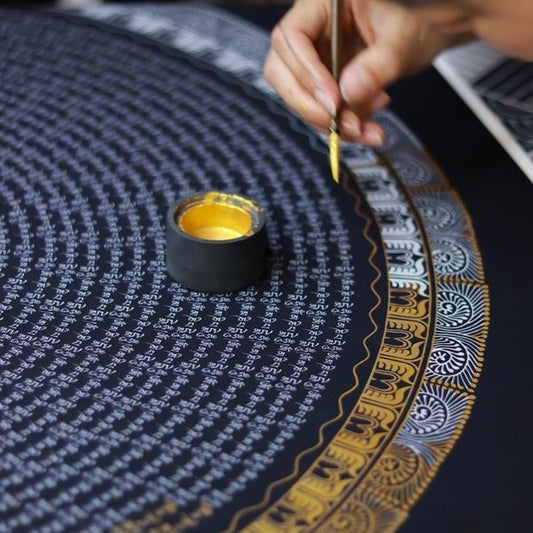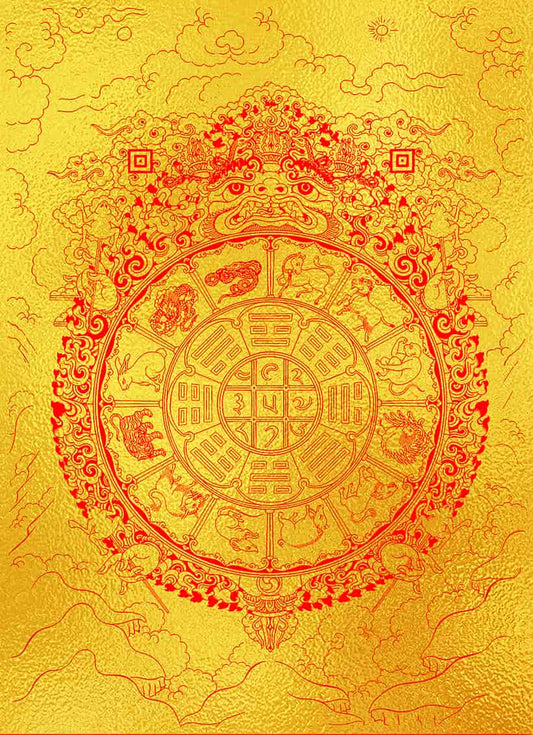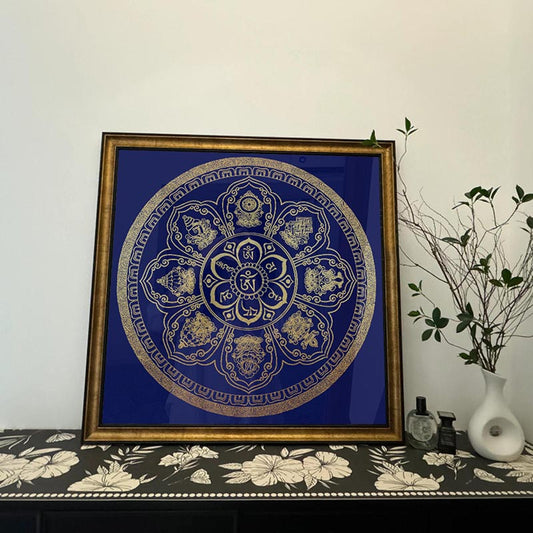Timeless Threads and Sacred Strokes The Artistry of Tibetan Crafts
Timeless Threads and Sacred Strokes The Artistry of Tibetan Crafts
In a humble workshop nestled amidst the rolling hills of Lhasa, a master's hand guides a brush across a canvas, imbued not only with color but with centuries of tradition. This is the world of Tibetan crafts, where each thangka painting embodies a spiritual narrative that transcends time. These scroll paintings, revered for their intricate designs and vibrant hues, tell stories of Buddhist deities, mandalas, and philosophical teachings. To those unacquainted, they are fine artwork; to the initiated, they are sacred maps of the cosmos.
Delving into the creation of a thangka, one begins to appreciate the alchemy of pigments that bring these ethereal images to life. Traditional artists adhere to age-old techniques, using minerals, plants, and other natural elements to create the vivid reds, blues, and greens seen in these paintings. Gold dust, often used for detailing, is not just for opulence but symbolizes the divine light illuminating each figure. The painstaking process of grinding these pigments, mixing them with water and organic binders, speaks to the devotion required in this craft. It's a discipline that blurs the lines between art and meditation.
One can't discuss Tibetan crafts without acknowledging the rigorous training of its artisans. Unlike a casual painter, an apprentice thangka artist undergoes years of mentorship under a master. This relationship is not merely instructional; it is deeply spiritual. Traditional apprenticeships involve not only learning precise brush techniques but also understanding Buddhist philosophy and iconography. Every icon is meticulously painted to exact proportions, with each deity's attributes depicted according to established canon. This disciplined adherence ensures that the thangka serves its intended spiritual purpose, acting as a meditative tool for practitioners.
The rich tapestry of Tibetan art extends beyond thangkas to include other crafts like weaving and metalwork, each with its own cultural significance. Tibetan rugs, for example, are known for their durability and motifs that often carry symbolic meanings, such as the eternal knot or the lotus flower. These motifs reflect the interconnected nature of existence and the purity inherent in spiritual enlightenment. Meanwhile, Tibetan metalwork often involves creating ritual items such as butter lamps and offering bowls, each crafted with the intention of serving as conduits for spiritual offerings and blessings.
Historically, the transmission of these crafts occurs through generations, maintaining a lineage that survives geopolitical shifts and modern influences. As a Westerner, one might wonder how such intricate traditions have retained their essence amidst rapid globalization. The answer lies in the cultural resilience of Tibetans, who see these crafts not only as economic endeavors but as extensions of their faith and identity. The stories embedded in each piece are whispers of a culture that, despite adversity, continues to thrive.
Reflecting on these enduring traditions, one can't help but feel a sense of interconnectedness with Tibetan crafts. They are not just artifacts of a distant land but connections to a broader human story, one that values heritage, spirituality, and the artistry of the human hand. Engaging with this world is an invitation to see beyond the surface and understand the intricate weave of culture and spirituality. It’s a reminder, perhaps, that the most profound beauty lies in the spaces where craft and contemplation meet.





